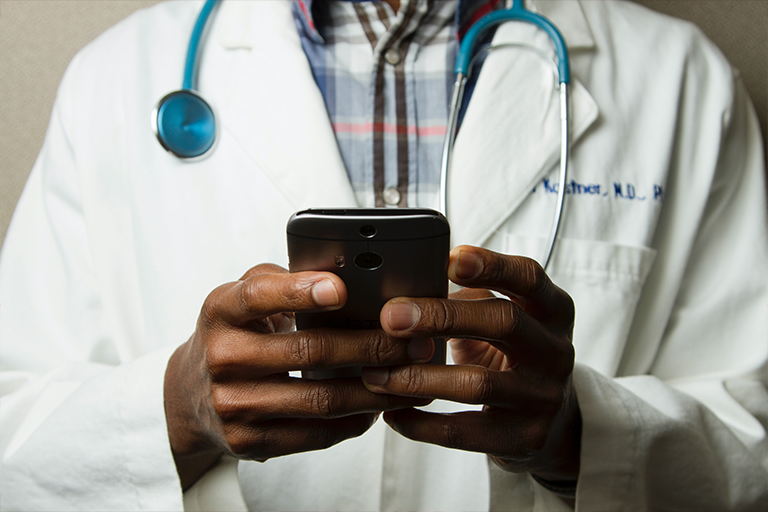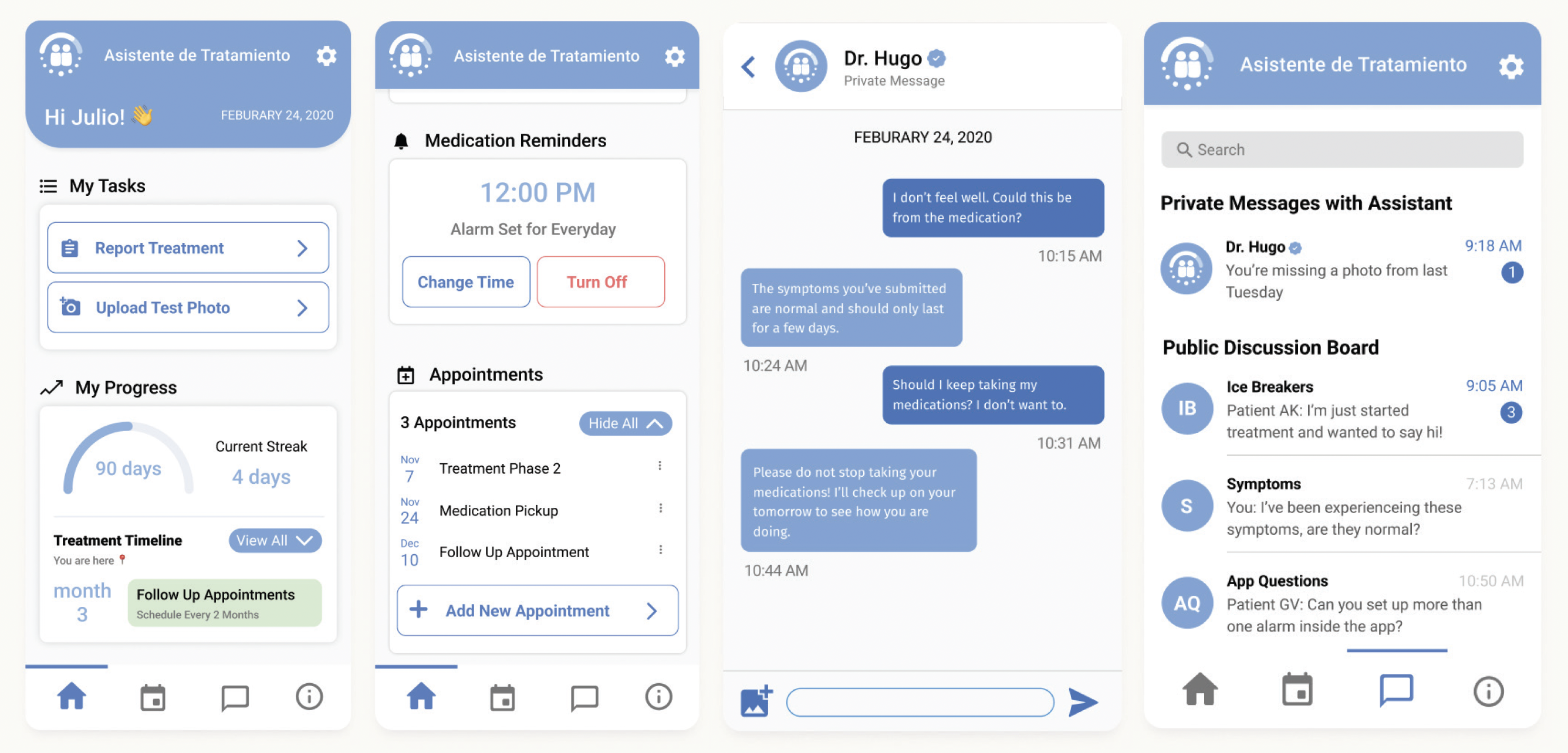Leah Pistorius
June 26, 2023

Through a multi-year involvement with a Directed Research Group, HCDE senior Alfie Aguilar Vidrio has worked to develop innovative patient-centered approaches for tuberculosis and HIV prevention and treatment management.
Alfie Aguilar Vidrio (HCDE BS '23)
In 2020, Alfie Aguilar Vidrio was a sophomore at UW and was exploring potential majors. He had just taken HCDE’s introduction course, HCDE 210, and wanted to learn more about how HCDE can be applied to real-world projects. He applied for an HCDE Directed Research Group (DRG) led by Dr. Sarah Iribarren that was exploring the design and development of an interactive mobile app to support people with tuberculosis.
Now, three years later, Aguilar Vidrio has helped grow the project from a study of 30 participants to its peak of over 450 in a randomized controlled trial, worked with nearly 40 other UW students in the following iterations of the DRG, and served as the student DRG lead and as a research assistant with Dr. Iribarren.
Dr. Iribarren, an associate professor in the UW Department of Biobehavioral Nursing and Health Informatics, initially proposed this research group to HCDE Professor Julie Kientz as a continuation of her work piloting an app in Argentina for use by individuals with tuberculosis and their health providers.
Aguilar Vidrio conducted interviews in Spanish with patients and clinicians who used the app in the pilot study to learn about the challenges they faced in managing the disease. HCDE students in the DRG coded the interviews to find common themes, conducted usability tests, designed new interfaces, and incorporated patients’ feedback into the app functionality to refine the tools for effectiveness testing in multiple high TB burden sites.
“Tuberculosis is a contagious airborne disease and despite being treatable, continues to kill more than 1.6 million people each year globally,” Aguilar Vidrio described. “When you are diagnosed you need to isolate until you are no longer contagious. So for people in remote areas or with long travel times to healthcare facilities, accessing care can be very difficult. This app helps to open the lines of communication between patients and providers and lets them interact remotely.”
Through the app, patients submit progress reports about their medicine usage, side effects, and overall well-being, and they are given information about the disease and treatment. Providers access a dashboard with a summary of their patient’s reports and can answer the patient’s questions directly. “The feedback we received from both patients and providers has been great,” Aguilar Vidrio said. “Many people are very passionate about what worked with the app or what was missing. And we were able to incorporate their feedback in the next iteration of the app before we deployed it with the next cycle of patients.”

The TB patient app includes TB disease and treatment education, treatment progress tracking,
potential treatment side effects reporting, interactive messaging with a treatment supporter, medication and appointment reminder setting, and anonymous discussions to connect patients with others in treatment.
The results of the tuberculosis app have been seen in real-time during its deployment in Argentina, with an uptick in reporting frequency, indicating that the reporting system has become better for the individuals using it as a result of student-led feature updates.
In the 2022-2023 year, the DRG team has adapted the app to make it applicable for those taking medications for HIV treatment and prevention.
“A major change with this adaption has to do with shifting from short-term to long-term support for the different diseases,” described Aguilar Vidrio. “Tuberculosis is a curable disease with a set treatment timeline of approximately 180 days, while HIV and HIV prevention meds, like PrEP, are long-term, if not life-long, commitments. In adapting the app from its original usage with tuberculosis patients we are working to make sure it is relevant and helpful for individuals who, we hope, are going to be using it for many months or even years.”
I have been able to apply many of the design and research methods I’ve learned in other HCDE classes directly to a real-world problem through this project. I’ve also learned so much from other HCDE students in the DRG, who have all supported this work by bringing their own expertise."
For Aguilar Vidrio, involvement in this project has been a cornerstone of his undergraduate experience. “I have been able to apply many of the design and research methods I’ve learned in other HCDE classes directly to a real-world problem through this project,” he said. “I’ve also learned so much from other HCDE students in the DRG, who have all supported this work by bringing their own expertise.”
“In HCDE we learn how to use empathy—how to go into a problem space and really try to understand the user as a person,” Aguilar Vidrio said. “The patients we worked with and collected data from tended to be low-income, primarily Spanish speaking, from peri-urban regions, so we were working with real barriers that exist when developing technology. It has been very validating to apply my HCDE skills to contribute meaningfully to the people we were working with. It has really affirmed my passion for this work and the ethos of the department overall.”
HIGHLIGHTS FROM 2022-2023 YEAR
2023 Designing Up
View this story and others in HCDE's annual publication, Designing Up, where we highlight activities and accomplishments of HCDE's students, alumni, and faculty.
